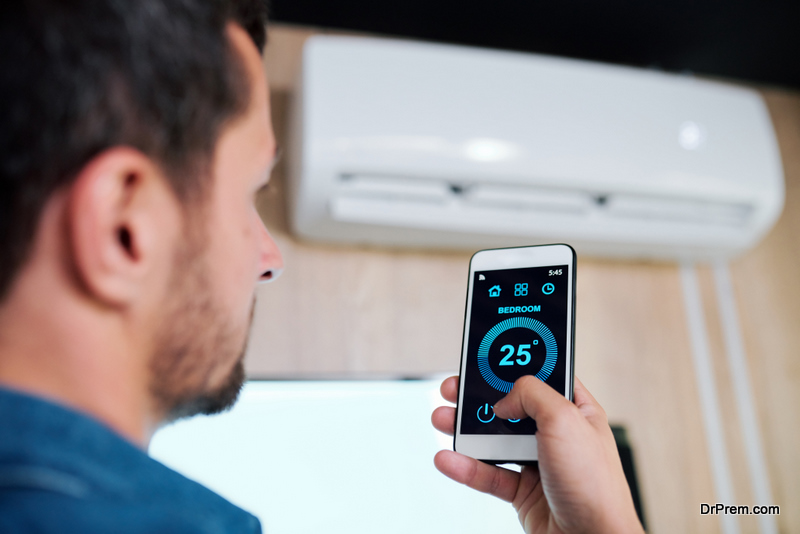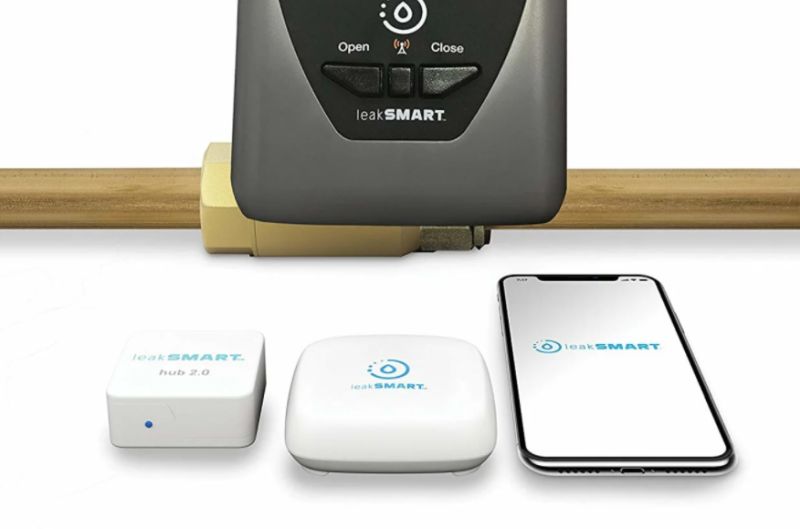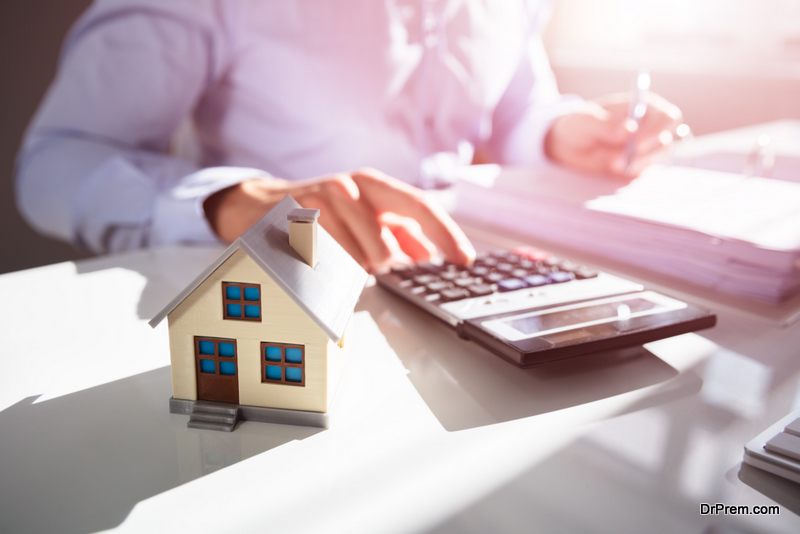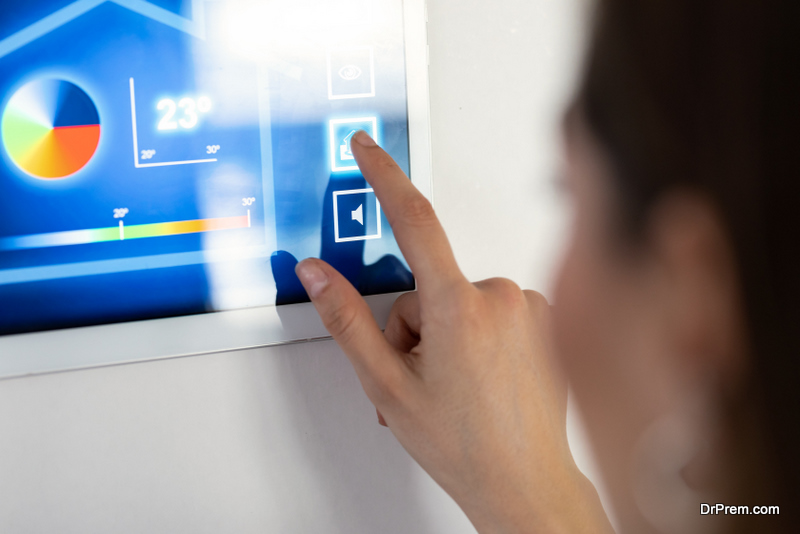Sustainability is a huge concern for the modern era homeowner. They’re searching for alternative sources to improve their living standards and lifestyle without harming the environment and their surroundings. With the new and advanced innovation, we are more focused on building more sustainable home designs, also known as Smart Homes that will provide real-time solutions as well as promote sustainability through different smart features and benefits.
However, sustainability has many meanings — you can have sustainable energy and water, which is what most think of, but what about your wallet?
We’ll talk about all of these and more in this blog.
What is a Smart Home?
 A Smart Home can use the intelligence about the residents by collecting information through the system and make a smart decision of using power, water, heat, and other similar resources. It is also capable of reducing wastage and avoiding excessive use of such sources by promoting sustainability by making smart choices such as automatically locking doors or windows, or turning on or off energy sources, entertainment and security systems, etc.
A Smart Home can use the intelligence about the residents by collecting information through the system and make a smart decision of using power, water, heat, and other similar resources. It is also capable of reducing wastage and avoiding excessive use of such sources by promoting sustainability by making smart choices such as automatically locking doors or windows, or turning on or off energy sources, entertainment and security systems, etc.
Every element in a Smart Home is carefully thought out to reduce the long term carbon footprint of the home. This means that every year living there will bring the home closer to being carbon neutral, or sustainable.
Smart Electric Systems
 Some systems are designed to save your home energy. For example, a smart thermostat allows the user to control their heating systems by creating a customized temperature profile for certain times of the day. Some systems use different elements of learning, to understand households and able to program themselves based on the needs of the users. It allows the Smart Home to become energy efficient without the continuous involvement of the users.
Some systems are designed to save your home energy. For example, a smart thermostat allows the user to control their heating systems by creating a customized temperature profile for certain times of the day. Some systems use different elements of learning, to understand households and able to program themselves based on the needs of the users. It allows the Smart Home to become energy efficient without the continuous involvement of the users.
These are one of the most sustainable energy devices on the market, as some models can even detect specific areas in your home that lose or retain the most heat. Those areas are targeted specifically so you’re not wasting energy targeting more efficient areas of your home.
But do they work? Yes. Smart home device companies like Nest report that the average smart thermostat can reduce heating costs by 10% and cooling costs by 15% in a residence.
Additionally, you can install Smart lighting, which you can put on a timer or control from your phone. You’ll never have to worry about leaving lights on. This in turn can slightly lower your energy bill, while reducing light pollution. The impact of these won’t be as great as other smart devices, but even the smallest steps are helpful when you’re trying to achieve a more neutral carbon footprint. In other words, it’s still more sustainable than leaving your lights on 24/7.
If you are looking for a greater sustainable impact, you can skip these Smart items:
- Smart Fridge Cams
- Wifi-connected small kitchen appliances
- Smart toothbrushes
- Smart clothing
Smart Water-Saving Devices
 By reducing wastage of water-smart valves is getting popularity among people. Such devices will help to detect water leakage and prevention of pipe problems. They will also help to monitor water pressure, ensure efficient water flow, and reduce heating costs without wasting water.
By reducing wastage of water-smart valves is getting popularity among people. Such devices will help to detect water leakage and prevention of pipe problems. They will also help to monitor water pressure, ensure efficient water flow, and reduce heating costs without wasting water.
Installing a smart irrigation system (known as Xeriscaping) for gardens and lawns can save water by automating watering depending on the changes of seasons and weather conditions. This method can actually reduce water use by 50 or 75 percent, according to The National Geographic.
You can also use Smart refrigerators to monitor water use, and upgraded tankless water heaters to save water during your everyday use. For example, by only heating water when you need it, a tankless water heater can save you $70-$80 per year and can reduce water waste.
So how sustainable are Smart water devices? Very!
Financial Sustainability of a Smart Home
 One of the biggest concerns is to consider the initial investment for setting up Smart Home technologies. Because of the upfront cost, a Smart Home may not be as sustainable to you financially.
One of the biggest concerns is to consider the initial investment for setting up Smart Home technologies. Because of the upfront cost, a Smart Home may not be as sustainable to you financially.
The upfront cost is comparatively higher than the regular home technology. Everyone always talks about the yearly savings, which should be considered, but Smart technology can be out of reach for some homeowners, especially if you want to install everything right away. The best thing to do in this scenario is create a sustainable savings plan that builds up to your next Smart goal. It can be a tankless water heater, a new Smart light, or a smart thermostat — whatever you need.
The biggest thing to consider here is your upfront needs. It will never be sustainable to spend money you don’t have for upgrades to your home. Focus on your immediate needs first and develop a plan to save for these Smart devices over time. After all, true sustainability isn’t meant to happen overnight. It’s a process that builds on itself in a smart and, well, sustainable way. Your finances should do the same.
And that’s it! We hope this blog helped you understand a little bit more about how sustainable a Smart home truly is.
Article Submitted By Community Writer




